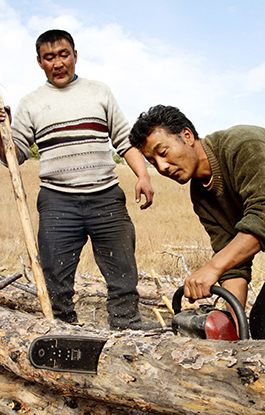How we do it

Investing in agriculture has a greater impact on reducing poverty than investing in other sectors, as it offers the most direct route for rural people to benefit from their main assets: land and labour. However, it isn’t the full picture.
While addressing agricultural livelihoods is the starting point, reducing rural poverty also requires:
- increasing productivity of small-scale farms and improve their access to markets
- promoting more efficient value chains,
- creating jobs, especially for the youth
- encouraging economic diversification and
- investing in people and fostering skills that can be used in agricultural and non-agricultural activities
The 193 countries who make up the United Nations have established 17 goals that will guide the actions of the international community for the next 15 years (2016-2030). The 2030 Agenda offers a vision of a fairer, more peaceful world in which no one is left behind.
We can help end extreme poverty and hunger in our lifetime. Food and agriculture are vital to sustainable development and are at the root of tackling poverty and hunger. FAO’s work focuses on the root causes of poverty and hunger, implementing fundamental and structural changes that can ensure longer-term success.
